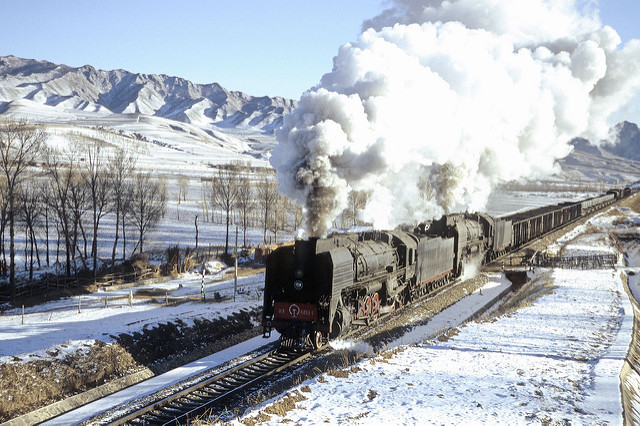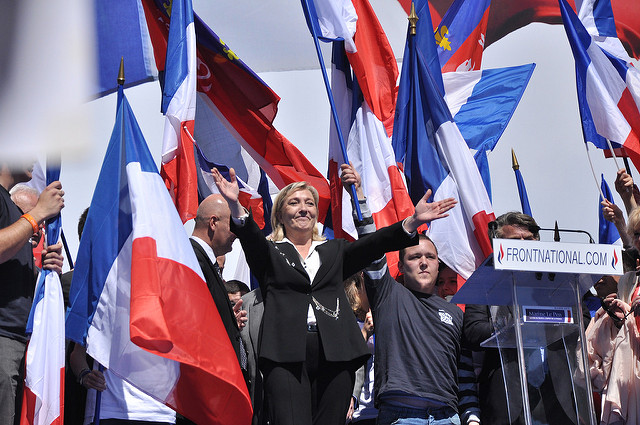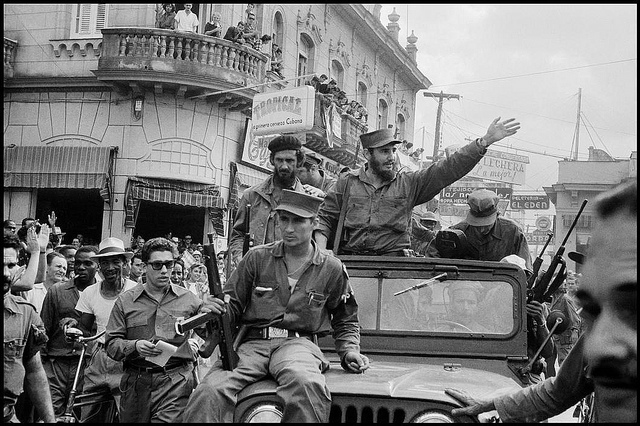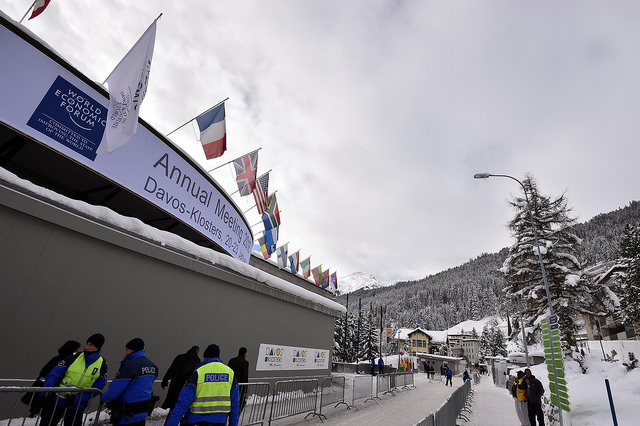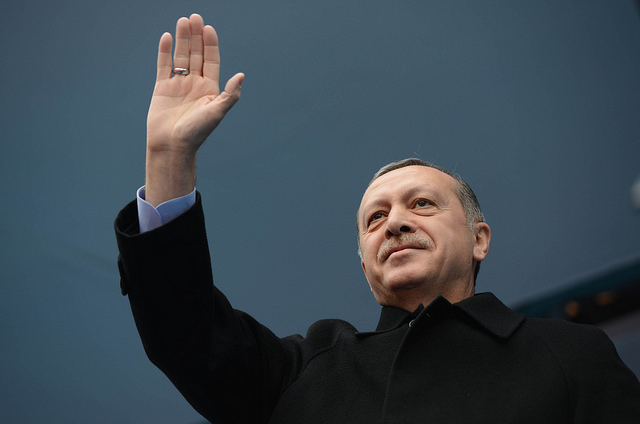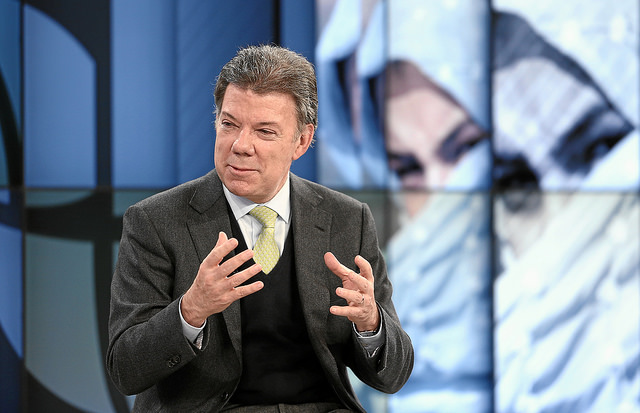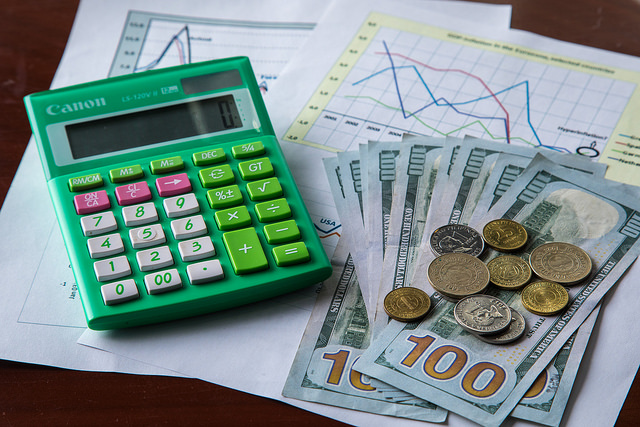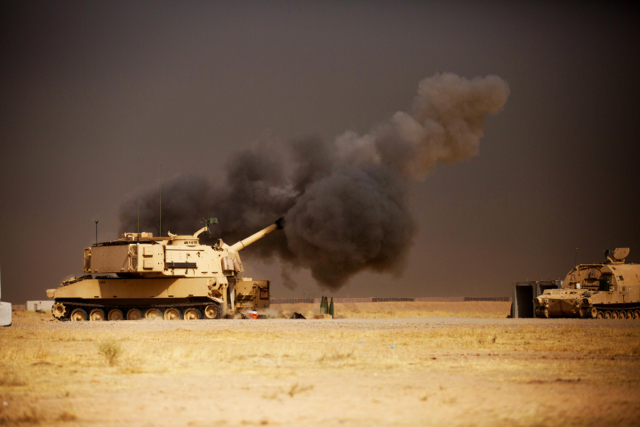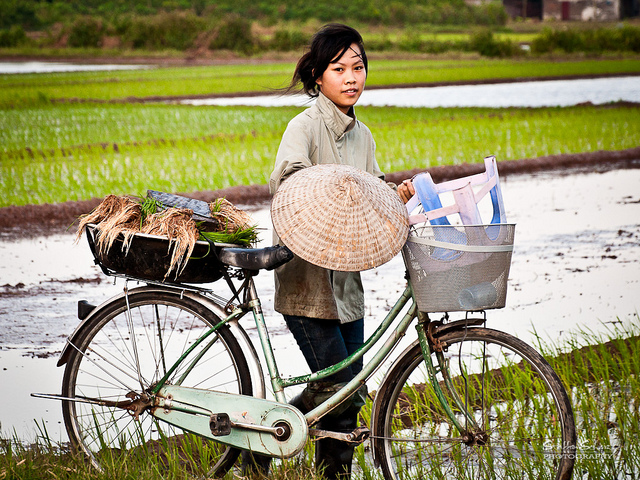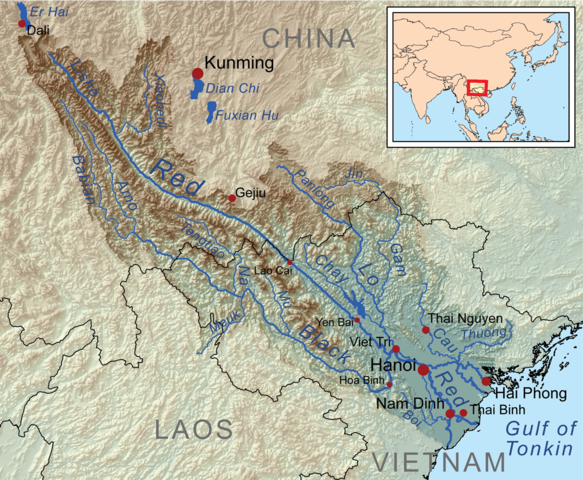by David Parmer
Spring 1975–three years after US President Richard M. Nixon’s historic visit to the PRC, and Deng Xiaoping is tasked with getting China moving again after the disruption of the Cultural Revolution.
Mao Zedong and Zhou Enlai are both sick and at the end of their respective storied careers. Each, in his own way, is trying to ensure the continuity of their vision and life’s work. Key to both of their visions is Deng Xiaoping. He has been sent back to work and his task, if he is allowed to perform it, is enormous.
Deng begins by borrowing a strategy from the PLA, i.e. “consolidation.” In the military sense it means to reorganize and resupply in order to make ready for future battles. His first task was the downsizing and consolidation of the PLA itself, an organization that had lost its edge during the Cultural Revolution, falling behind technologically, becoming bloated, and engaging in scores of activities not designed to protect the country.
Next Deng looked to industry to see what could be done to turn around China’s under-performing and vital engines of production.
Since China’s road network was not first-class at the time, the burden of transportation was put on the railroads. When Deng zeroed in on this problem he became aware of several bottlenecks in the rail transportation system, specifically at Changsha, Guiyang, Baotou and Xuzhou. He focused first on Xuzhou.
Wan Li, Minister of Railways reported to Deng that the chief problem with the Xuzhou terminal was factionalism. The chief culprit was found to be Gu Binghau, head of the Xuzhou Railway bureau.
Meanwhile, from February 25 to March 5, a meeting of party secretaries in charge of industry and transport was held in Beijing. From the meeting came Central Party Document No. 9 which gave a strong mandate to resolve the railway situation, not just in Xuzhou, but nationwide.
Document No.9 placed all Xuzhou operations in the hands of Wan Li. It also declared that all factions must be abolished and that railway ministry officials be held responsible for accidents. Anyone who opposed the abolition of factions was to be considered “bourgeois,” and anyone destroying railroad property was to be considered a “counter-revolutionary.”
Next, Minister Wan Li went to Xuzhou and had Gu Binghua arrested. Meetings were held to explain the details of Document No.9, and some of the 6,000 people who had been unjustly accused in Xuzhou were released. When this uncompromising policy against factionalism was implemented (those who were opposed were warned, and if they didn’t comply transferred from their posts) traffic doubled and loading doubled. In April 1975 the railroads met their coal transportation targets for the first time in five years.
In a speech entitled “Some Problems Outstanding in the Iron and Steel Industry” on May 29, 1975, Deng himself commented on the Xuzhou situation and the issue of factionalism:
As the experience of the railway departments and of the city of Xuzhou and other areas shows, the number of those who should be made targets of attack in the struggle against factionalism is very small. Factional activities in Xuzhou were very serious, but in the end only three persons were brought under attack. The overwhelming majority, including those who were obsessed by factionalism, were redeemable. So the actual result was that the target of attack was very narrow and a great many people were helped through education. We must be determined to win in our anti-factionalist struggle.
With regard to the 6,000 people unjustly accused Deng added:
To judge by the experience gained in solving the problems in railway work and in the city of Xuzhou, carrying out Party policies is very important. In the campaign to ferret out members of the “May Sixteenth Group”, over 6,000 persons in Xuzhou came under attack. This figure is quite shocking. When so many people have been attacked, it is essential to implement the policy concerning them; otherwise, how can we arouse the enthusiasm of the masses?
Deng Xiaoping next took this model of “consolidation” and applied it to the iron and steel industry and the coal industry.
Deng Xiaoping suffered some personal setbacks due to the Gang of Four, and was again removed from power to be finally brought back by Hua Guafeng. We can get a clear insight into his wisdom and rare talent in his handling of the Xuzhou railway incident, and a foretaste of Reform and Opening up during the Deng era.
Selected Works of Deng Xiaoping, Vol. 2 “Some Problems Outstanding In the Iron and Steel Industry”
“Deng Xiaoping and the Transformation of China” Ezra Vogel, Harvard University Press
Photo: Jim Maurer via flickr
 日本語
日本語 English
English 中国語
中国語
